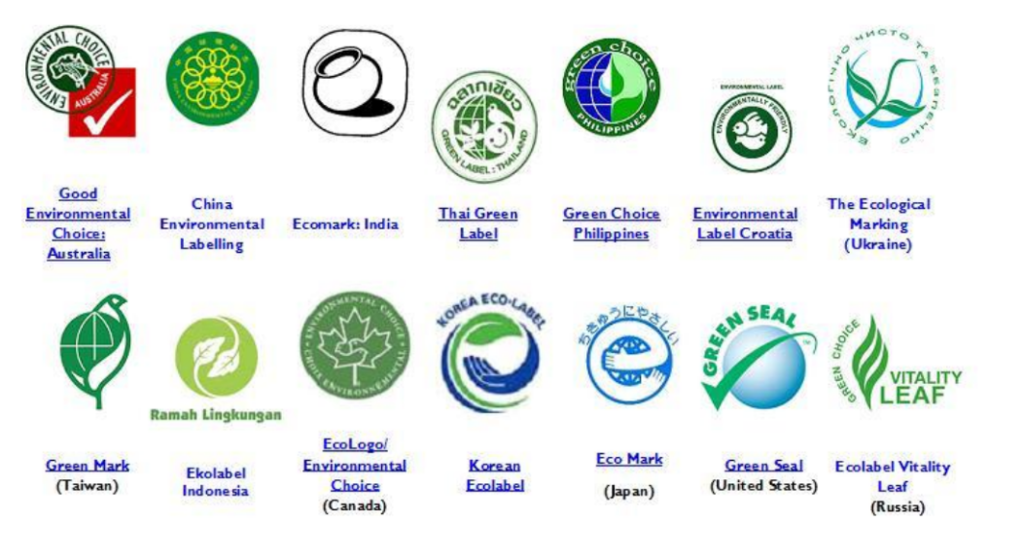Travelling is a superb opportunity to discover new cultures, reconnect with nature, stretch our boundaries and relax from high pressure lives elsewhere. With travelling comes the responsibility to preserve and protect the environments we visit so we can continue to enjoy them for generations to come. Climate change hovers over all of us, and the degradation of the natural environment can be seen even in the most ‘clean, green’ destinations. Tourism is not just a victim of global warming – it also contributes to the problem. Tourism alone is responsible for much of the world’s carbon emissions.
This article goes some way to help, with some advice on how to be a sustainable traveler. It is part of a series of articles we are writing about sustainable travel in 2021. Check back soon to know how to how to offset your footprint too.
Self-propelled modes of transport are not only good for you and your muscles; they are good for the environment too! French cities are compact and we always choose a centrally located hotel. Whether you like walking or cycling in cities – there are few better places to do some city walking than through an old medieval center, along a historic river bank or into an old market. Taking examples from France – I implore you to choose walking over taxis or metros to get from A – B in the centre of Avignon, along the Seine in Paris, and down to the market in Sarlat. Walking is an excellent way to slow down and immerse yourself in the area you are visiting with minimal impact. City Bike share systems, and dockless mobility devices like Lime scooters, are low carbon and cheap, while also being a lot of fun.

Most European destinations are accessible on train. In France this is especially the case. A journey by train from Paris to Lyon for example takes less two hours, and per person this TGV routing emits 743grams of CO2 equivalent. Whereas this 471km drive emits 55kg of CO2.

To reduce your impact, travel with a reusable drink bottle and keep-cup coffee mug. Perhaps fill up at your hotel, or at each restaurant you choose. When it comes down to it, this is a no-brainer…
‘Leave No Trace’ applies in wilderness area, but could also be extended to elsewhere. Dispose of waste properly – do ask which bin is the recycling, or the general rubbish if it is not clear. It keeps places clean, and avoids villages from wasting their staff time.
Ask us to choose accommodation options that protect and conserve local and global environments, and those with a label. We favor choosing certified hotels, but there are so many different labels. Green globe is one label, which in itself has different member status based on certification. Certification is a structured assessment of the sustainability performance of each travel businesses and their supply chain partners. Green Globe businesses can monitor improvements leading to certification of their enterprises’ sustainable operation and management. The Green Globe Standard includes 44 core criteria supported by over 380 compliance indicators. The applicable indicators vary by type of certification, geographical area as well as local factors, which make sense when you compare Paris to Bali. The entire Green Globe Standard is reviewed and updated twice per calendar year. Green Globe Certification provides certification standards for other Industries as well. There are other labels too, and we are not bound to one or the other.


Read more about a platform that reunites “green” accommodations in France: Vaovert (Litteraly: Go to green). We can all do something for our planet. When traveling, we tend to not pay attention to our actions towards the environment. However, as a traveler, we can do something for our planet just with the choice of our accommodation.
They don’t have an English website yet, but I recommend you to read this blog post on the subject (click on the picture below).
An informed traveller will make better decisions for the environment. We urge you to research the environmental issues faced by the destination you are visiting and to commit to minimizing the contribution you make to these problems. If we gently suggest travelling out of high season, it is for your comfort, and perhaps also to lighten the load for sites and monuments that are trying to deal with tourist flows. For example, I loved the Fontaine de Vaucluse in late Autumn, but I have been told to be wary of the buses and cars blocking the centre in summer.
Minimize the carbon produced by your air travel by booking the most direct flight to your destination. After all, sometimes the savings of cheaper indirect flights are not really worth it once you add up hotel costs, airport lounges or expensive airport meals. Even better, off-set your air travel next time you travel to support sustainable energy projects through the South Pole. Find out more in our next blog about offsetting carbon.

We are not here to make anyone feel guilty. Instead we want to offer tips. A big one, is that if you can take long international flights, then why not consider optimizing your carbon footprint, and doing a long land based vacation when you get there. This suggestion is instead of coming to Europe three times in one year, (say business, vacation, business) why not come once a year, and do everything when you come.
Perhaps start with a Business trip, then spend a few weeks exploring (by train?), before finishing with a conference in another center before your flight home. In that way it is two international flights and not six!
Again, this comes down to doing your research. Look for substantial commitments to responsible travel, actual procedures and initiatives in place which make a positive impact on the local people and environment. Ensure that whoever you travel with has a proven commitment to responsible travel and the environment. Like us!

I hope that this article has convinced you that there are ways to travel which are somewhat sustainable, or at least better than sending.









